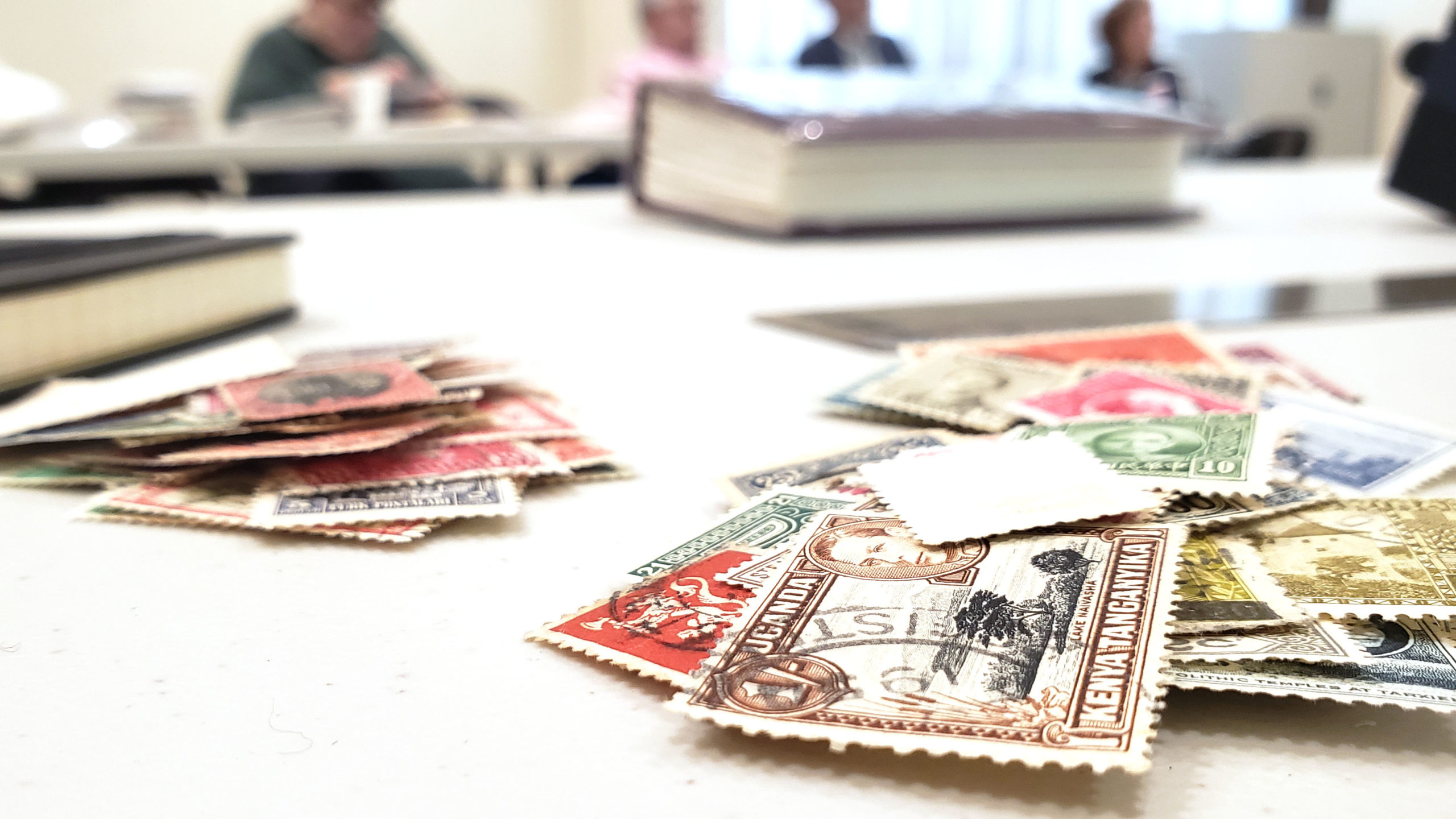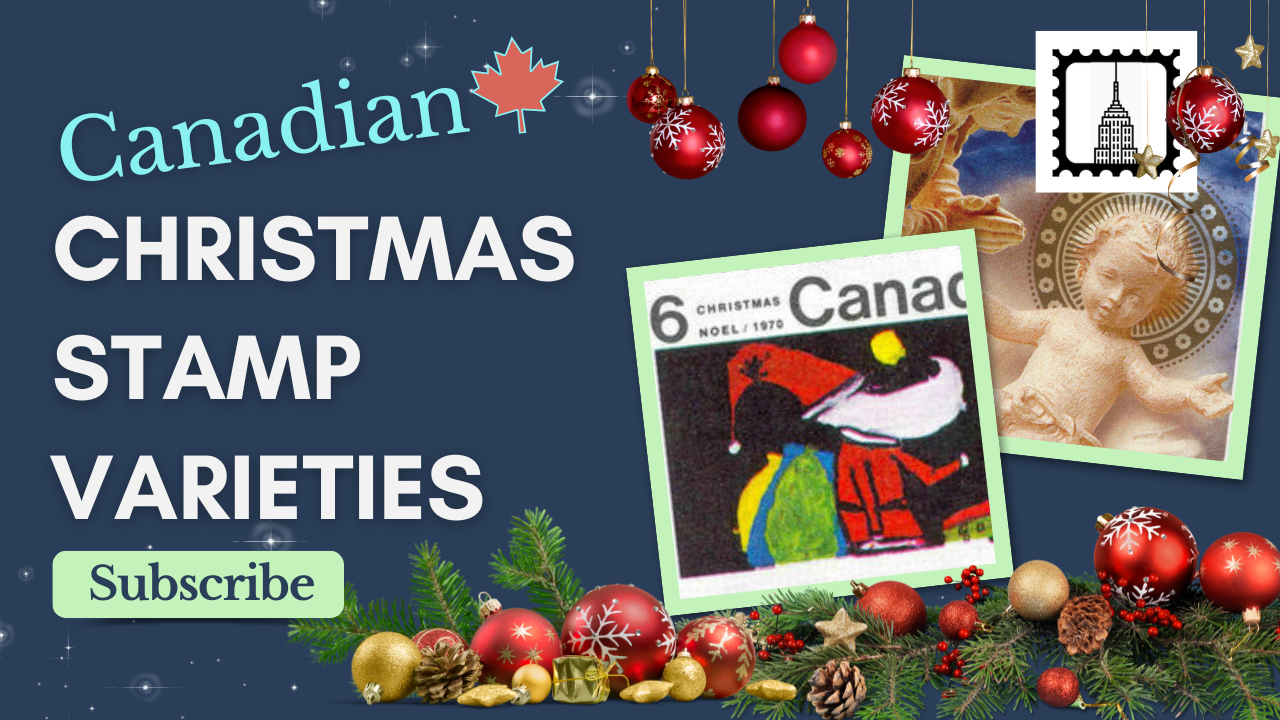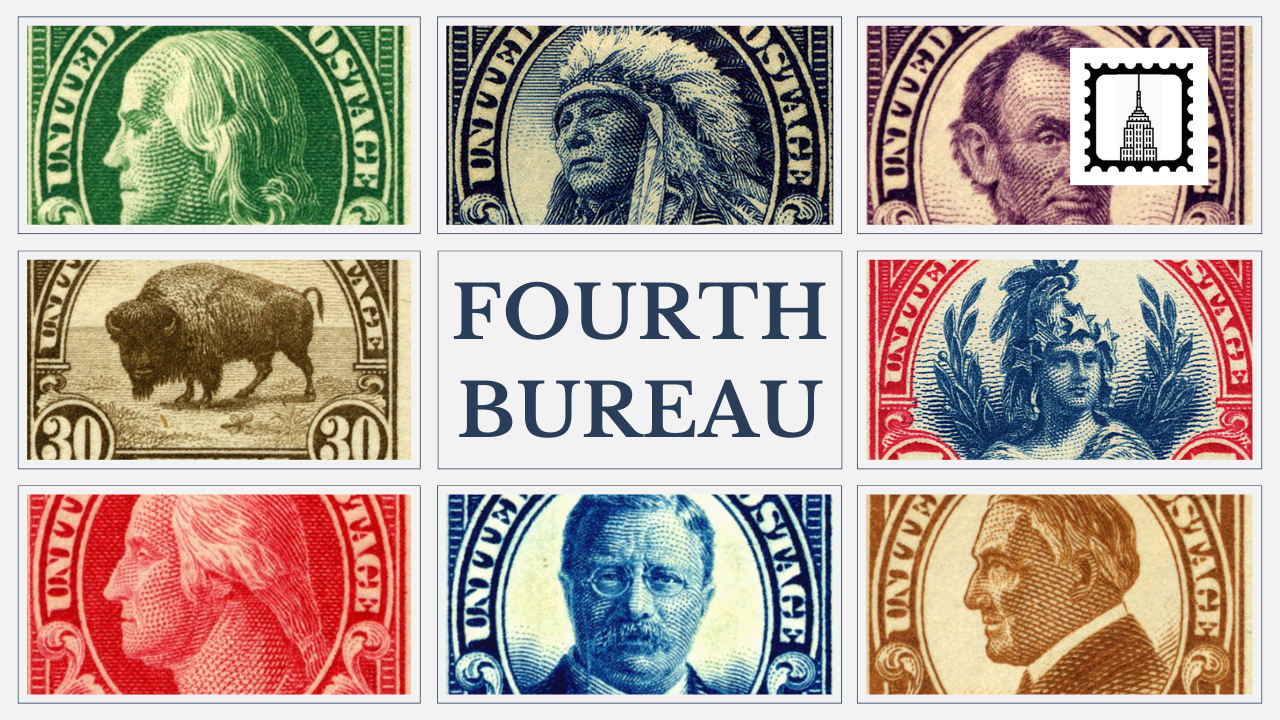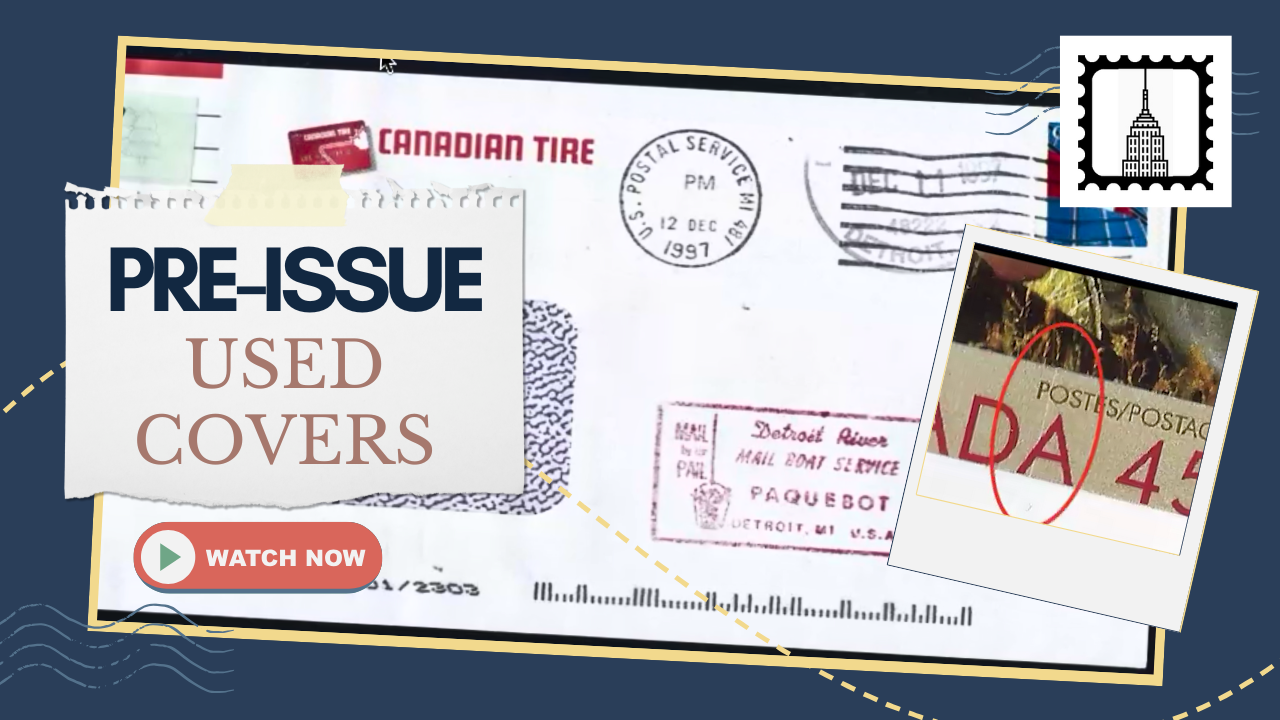Organizing a local stamp show may seem daunting for a small club, but Edward Grabowski’s detailed recount of the 2018 Westfield Stamp Club annual show reveals how even a modest-sized event can be a resounding success. By blending community involvement, creative vendor options, smart fundraising, and partnerships with organizations like the U.S. Postal Service, Grabowski provides a blueprint that any club can follow. Here’s a comprehensive breakdown of the key elements that make a local stamp show both engaging and financially sustainable.
1. Collaborative Setup: Harnessing Club Spirit
One of the most essential elements of hosting a successful local stamp show is early preparation and teamwork. Grabowski’s account begins with the club members gathering the night before to set up the venue. The Westfield community room was transformed into a vibrant event space as members worked together to set up dealer booths and frame exhibits.
- Key takeaway: Leverage your club’s collective effort to handle logistical tasks like setting up tables, frames, and organizing the space. Not only does this save costs, but it also fosters camaraderie among members. The more organized the setup, the smoother the event runs.
2. Diverse and Creative Vendor Participation
Vendors are a key draw for attendees, and variety keeps things interesting. The Westfield show included traditional stamp dealers as well as creative vendors like Audrey, who makes unique items such as stamp-themed clothing and sculptures. These types of vendors broaden the appeal of the event and attract visitors who might not otherwise attend a traditional stamp show.
Audrey’s table showcased how diverse a stamp show can be, offering handmade items like stamp-covered bow ties and jackets, giving attendees a fun, artistic experience alongside the traditional philatelic offerings.
- Key takeaway: Encourage a diverse range of vendors, including those who offer creative and niche products. Not only does this increase foot traffic, but it also introduces new, potentially younger, audiences to the hobby.
3. Partnership with the Local Post Office
A standout aspect of the Westfield show was the involvement of the local post office, which contributed significantly to the event’s success. Grabowski noted that the post office’s presence brought a large inventory of new U.S. stamps, selling between $1,500 to $2,000 worth of stamps—a major boost for the day.
The post office also provided packaging materials, making it easy for collectors to buy, pack, and send their new acquisitions. Their participation in the show not only helped generate revenue but also lent credibility and drew in additional foot traffic.
- Key takeaway: Partnering with the local post office can elevate your event by offering additional services and products that appeal to stamp collectors. It’s a mutually beneficial partnership, where the post office can meet its annual sales targets and your show can enhance its appeal.
4. Fundraising and Financial Sustainability
One of the most crucial elements Grabowski highlighted was how the Westfield Stamp Club made their event financially sustainable through smart fundraising. Despite vendor fees contributing to the event’s income, the club went beyond traditional methods by offering additional fundraising opportunities.
They sold commemorative show covers with official postmark cancellations, such as one designed to celebrate the 75th anniversary of the Guadalcanal victory during World War II. These covers, printed with precision and care, became collector’s items and helped raise funds for the event. Additionally, attendees could sponsor exhibit frames for a small fee, giving them a chance to participate more personally in the event while helping cover expenses.
- Key takeaway: Offering customized collectibles like show covers with unique cancellations and frame sponsorships are effective ways to raise funds. These strategies not only generate revenue but also engage the audience, making them feel more connected to the event.
5. Exhibits and Competitions: Fostering Enthusiasm
Exhibits were a central part of the Westfield show, attracting both casual viewers and serious collectors. Each exhibit featured carefully curated philatelic items, ranging from specialized stamp collections to postal history exhibits. Competitions added a layer of excitement, with judges like Mark Schwartz and Bill Schultz assessing the displays and awarding prizes.
A special feature was the one-frame exhibits, which allowed exhibitors to showcase a focused collection. David Steadley’s one-frame exhibit on the American Express office in Paris, for instance, showcased his deep research and passion for postal history. The competition was both fun and educational, bringing a high level of engagement to the show.
- Key takeaway: Well-organized exhibits and friendly competitions can elevate the prestige of your event. This not only draws more experienced collectors but also encourages attendees to bring their best work and contribute to the richness of the show.
6. Appealing to All Ages: Engaging Families and Young Collectors
One of the most charming aspects of Grabowski’s account is the sight of a young family attending the show, with their four-month-old daughter being the youngest visitor. Family-friendly environments help nurture the next generation of philatelists. Ensuring the event has something for all age groups can foster long-term interest in the hobby, especially for younger audiences.
- Key takeaway: Make the event family-friendly by ensuring there are exhibits or activities that appeal to younger audiences. This helps cultivate future collectors and makes your show more welcoming and diverse.
Conclusion: Making Your Local Stamp Show a Success
Edward Grabowski’s reflection on the Westfield Stamp Club’s 2018 show provides a treasure trove of ideas for any small club looking to host their own event. The key lies in combining practical, community-driven efforts with creative fundraising, a variety of vendors, and unique partnerships to ensure the event is both enjoyable and financially sustainable.
By following these strategies, even the smallest club can hold a memorable and successful stamp show. Whether it’s by hosting creative vendors, engaging with the local post office, or organizing competitive exhibits, there are numerous ways to build an event that both inspires collectors and sustains itself financially. With proper planning and community involvement, your local club can bring collectors together and create a lasting tradition.






